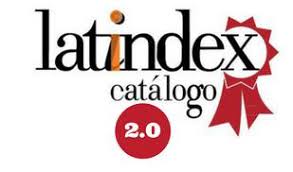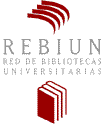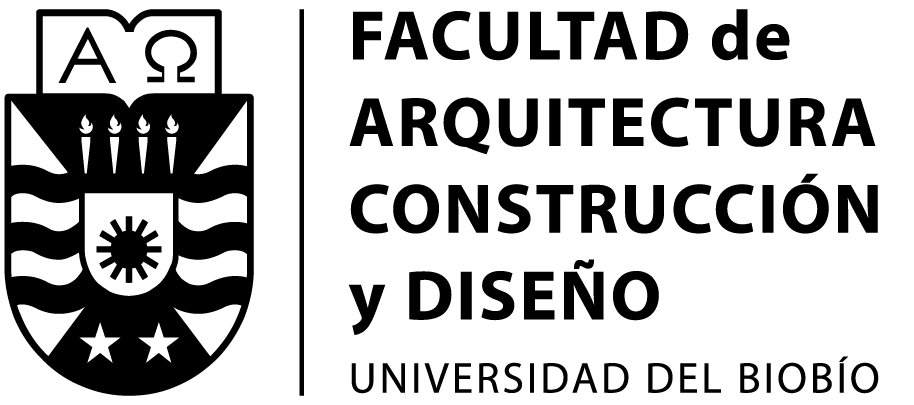Percepción de valores biofílicos en el humedal Rocuant Andalién, Concepción, Chile
DOI:
https://doi.org/10.22320/07183607.2024.27.50.06Palabras clave:
humedales urbanos, valores biofílicos, percepción ambiental, sistemas de información geográfica participativa, planificación urbanaResumen
Este estudio analiza la percepción de valores biofílicos en el humedal Rocuant-Andalién, ubicado en el área metropolitana de Concepción, Chile y examina cómo estas percepciones varían según las tipologías de barrios. El objetivo principal es comprender cómo las diferentes características urbanísticas y sociodemográficas influyen en la valoración de este espacio natural. Para ello, se aplicó un cuestionario georreferenciado a 326 residentes de distintas tipologías de barrios, en el que se evaluó nueve tipos de valores biofílicos (utilitarista, naturalista, ecológico-científico, estético, simbólico, humanista, moralista, dominionista y negativista). Se utilizó un enfoque de Sistemas de Información Geográfica de Participación Pública (PPGIS) y el análisis de hot spot para identificar clústeres de percepción. Los resultados revelaron que las percepciones del humedal varían significativamente según la tipología de barrio, destacándose una mayor valoración de los valores utilitarios y estéticos en áreas de baja densidad. Se identificaron hotspots que indican áreas con alta valoración de ciertos valores biofílicos. La integración de PPGIS y los valores biofílicos demuestra cómo los patrones espaciales influyen en la percepción de los humedales urbanos. Los resultados sugieren que mejorar la infraestructura y la accesibilidad podría fortalecer la conexión de los residentes con estos espacios naturales. Los hallazgos subrayan la importancia de desarrollar políticas de conservación y planificación urbana que sean inclusivas y efectivas, para promover una percepción y gestión más favorable de los humedales urbanos.
Descargas
Citas
ALIKHANI, S., NUMMI, P., y OJALA, A. (2021). Urban wetlands: A review on ecological and cultural values. Water, 13(22), 3301. https://doi.org/10.3390/w13223301.
BRODY, S. D., HIGHFIELD, W., y PECK, B. M. (2005). Exploring the mosaic of perceptions for water quality across watersheds in San Antonio, Texas. Landscape and Urban Planning, 73(2–3), 200–214. https://doi.org/10.1016/j.landurbplan.2004.11.010
BROWN, G., y KYTTÄ, M. (2014). Key issues and research priorities for public participation GIS (PPGIS): A synthesis based on empirical research. Applied Geography, 46, 122–136. https://doi.org/10.1016/j.apgeog.2013.11.004
DOBBIE, M., y GREEN, R. (2013). Public perceptions of freshwater wetlands in Victoria, Australia. Landscape and Urban Planning, 110, 143–154. https://doi.org/10.1016/j.landurbplan.2012.11.003
GUNNARSSON, B., y HEDBLOM, M. (2023). Biophilia revisited: nature versus nurture. Trends in Ecology & Evolution, 38(9), 792-794. https://doi.org/10.1016/j.tree.2023.06.002
HIDALGO-CORROTEA, C., ALANIZ, A. J., VERGARA, P. M., MOREIRA-ARCE, D., CARVAJAL, M. A., PACHECO-CANCINO, P., y ESPINOSA, A. (2023). High vulnerability of coastal wetlands in Chile at multiple scales derived from climate change, urbanization, and exotic forest plantations. Science of The Total Environment, 903, 166130. https://doi.org/10.1016/j.scitotenv.2023.166130
JOHNSON, M.S., ADAMS, V.M., y BYRNE, J.A. (2024). Enhancing climate adaptation: Integrating place-based risk perceptions and coastalscape values using Q+PPGIS. Landscape and Urban Planning, 252, 105197. https://doi.org/10.1016/j.landurbplan.2024.105197
KELLERT, S. R., y WILSON, E. O. (1993). The biophilia hypothesis. Shearwater Books.
KAPLOWITZ, M. D., y KERR, J. (2003). Michigan residents’ perceptions of wetlands and mitigation. Wetlands, 23(2), 267–277. https://doi.org/10.1672/15-20
MARSELLE, M., HARTIG, T., COX, D., DE BELL, S., KNAPP, S., LINDLEY, S., TRIGUERO-MAS, M., BOEHNING-GAESE, K., COOK, P., y DE VRIES, S. (2020). Pathways linking biodiversity to human health: A conceptual framework. California Digital Library (CDL) [Archivo PDF]. http://dx.doi.org/10.32942/osf.io/czyv4
MITSCH, W. J., y GOSSELINK, J. G. (2015). Wetlands. John Wiley & Sons.
NASSAUER, J. I. (2004). Monitoring the success of metropolitan wetland restorations: Cultural sustainability and ecological function. Wetlands, 24(4), 756–765. https://doi.org/10.1672/0277-5212(2004)024[0756:MTSOMW]2.0.CO;2
ROJAS, C., MUNIZAGA, J., ROJAS, O., MARTÍNEZ, C., y PINO, J. (2019). Urban development versus wetland loss in a coastal Latin American city: Lessons for sustainable land use planning. Land Use Policy, 80, 47–56. https://doi.org/10.1016/j.landusepol.2018.09.036
ROJAS, O., MARDONES, M., ROJAS, C., MARTÍNEZ, C., y FLORES, L. (2017). Urban growth and flood disasters in the coastal river basin of south-central Chile (1943–2011). Sustainability, 9(2), 195. https://doi.org/10.3390/su9020195
ROJAS-QUEZADA, C., JORQUERA-GUAJARDO, F., y STEINIGER, S. (2022). Acceder caminando a los humedales urbanos: Una oportunidad de recreación y bienestar. Revista Urbano, 25(46), 56–67. https://doi.org/10.22320/07183607.2022.25.46.05
SUN, D., JI, X., LYU, M., FU, Y., y GAO, W. (2024). Evaluation and diagnosis for the pedestrian quality of service in urban riverfront streets. Journal of Cleaner Production, 452, 142090. https://doi.org/10.1016/j.jclepro.2024.142090
VILLAGRA, P., y DOBBIE, M. (2014). Design aspects of urban wetlands in an earthquake-prone environment. Journal of Urban Design 19(5): 660–681. https://doi.org/10.1080/13574809.2014.943707
VILLAGRA, P., ROJAS, C., ALVES, S., y ROJAS, O. (2024). Spatial interactions between perceived biophilic values and neighborhood typologies in wetlands. City and Built Environment, 2(3), 1-23. https://doi.org/10.1007/s44213-024-00027-2
WYLES, K. J., PAHL, S., THOMAS, K., y THOMPSON, R. C. (2016). Factors that can undermine the psychological benefits of coastal environments: Exploring the effect of tidal state, presence, and type of litter. Environment and Behavior.8(9), 1095-1126. https://doi.org/10.1177/0013916515592177
Descargas
Publicado
Cómo citar
Número
Sección
Licencia
Derechos de autor 2024 Carolina Rojas-Quezada, Paula Villagra, Felipe Jorquera

Esta obra está bajo una licencia internacional Creative Commons Atribución-CompartirIgual 4.0.
El contenido de los artículos y reseñas que se publican en cada número de Urbano, es responsabilidad exclusiva de los autores y no representan necesariamente el pensamiento ni comprometen la opinión de la Universidad del Bío-Bío.
Las/os autoras/es conservarán sus derechos de autor, sin embargo, garantizarán a la revista el derecho de primera publicación y difusión de su obra. La publicación del artículo en Urbano estará sujeta a la Licencia de Reconocimiento de Creative Commons CC BY-SA que permite a otros compartir-copiar, transformar o crear nuevo material a partir de esta obra para cualquier propósito, incluso comercialmente, siempre y cuando se reconozcan la autoría y la primera publicación en esta revista, y sus nuevas creaciones estén bajo una licencia con los mismos términos.![]()























